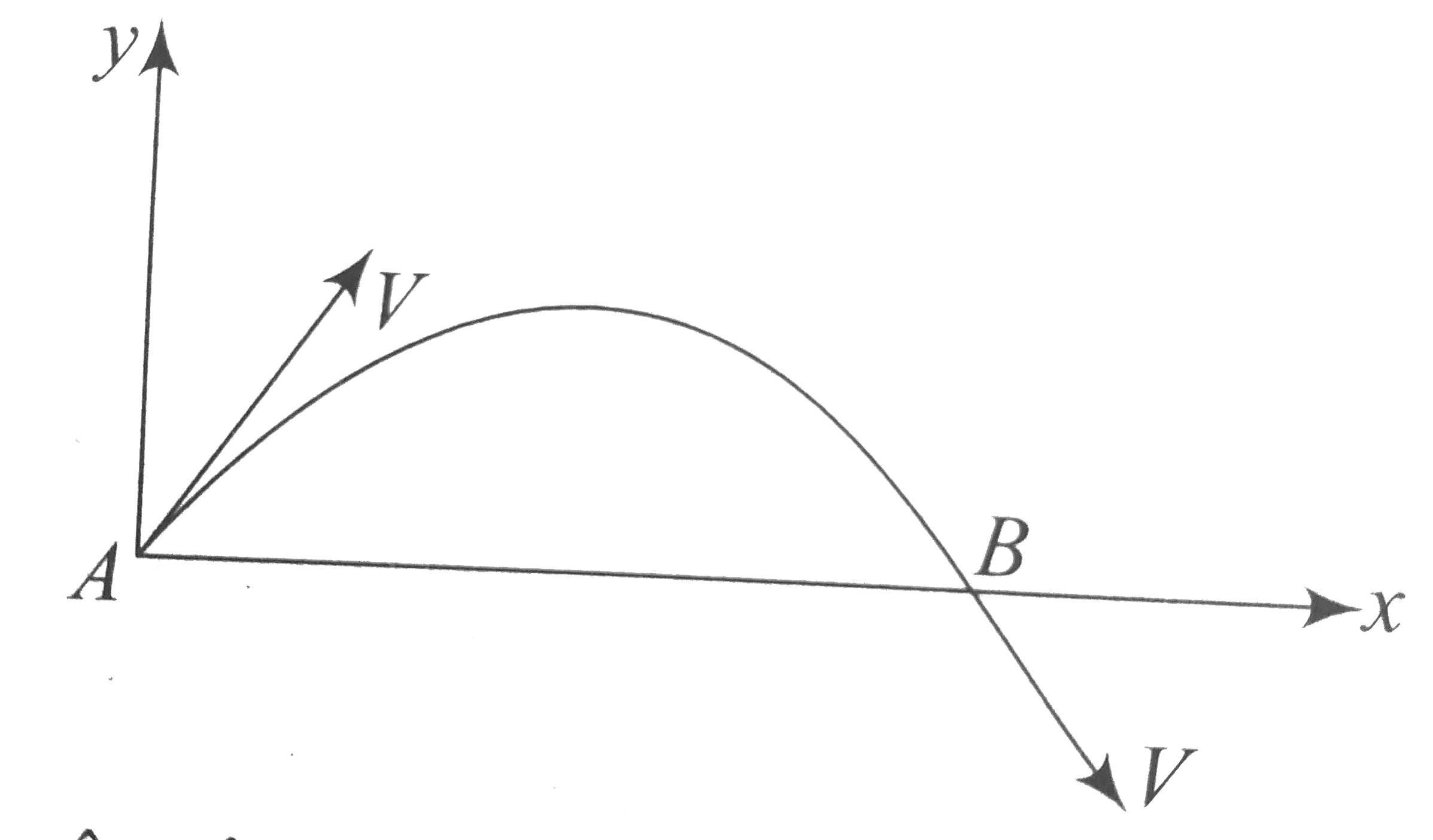Fuel is consumed at the rate of 50 kg s−1 in a rocket. Find the thrust on the rocket if the velocity of the exhaust gases is 2 km s−1. Also calculate the velocity of the rocket at the instant, when its mass is reduced to l/10th of its initial mass if its initial velocity is zero, (neglect gravity)
To solve the problem step by step, let's break it down into two parts: calculating the thrust on the rocket and then calculating the velocity of the rocket when its mass is reduced to 1/10th of its initial mass.
Part 1: Calculate the Thrust on the Rocket
1. Identify the given values:
- Rate of fuel consumption (dm/dt) = 50 kg/s
- Velocity of exhaust gases (u) = 2 km/s = 2000 m/s (convert km/s to m/s)
2. Use the formula for thrust (F):
The thrust (force) produced by the rocket can be calculated using the formula:
F=u⋅dmdt
where:
- F is the thrust,
- u is the velocity of the exhaust gases,
- dmdt is the rate of change of mass (rate of fuel consumption).
3. Substitute the values into the formula:
F=2000m/s⋅50kg/s
4. Calculate the thrust:
F=100000N=1×105N
Part 2: Calculate the Velocity of the Rocket
1. Identify the initial conditions:
- Initial mass of the rocket = m0
- Final mass of the rocket = m010
- Initial velocity v0=0 (the rocket starts from rest)
- Exhaust velocity u=2000m/s
2. Use the rocket equation:
The velocity of the rocket at the instant its mass is reduced can be calculated using the equation:
v=v0+uln(m0m)
where:
- v is the final velocity,
- v0 is the initial velocity,
- m0 is the initial mass,
- m is the final mass.
3. Substitute the values into the formula:
v=0+2000⋅ln⎛⎝m0m010⎞⎠
This simplifies to:
v=2000⋅ln(10)
4. Calculate the natural logarithm of 10:
Using ln(10)≈2.303:
v=2000⋅2.303
5. Calculate the final velocity:
v≈4606m/s
Final Answers:
- Thrust on the rocket: 1×105N
- Velocity of the rocket when its mass is reduced to 1/10th: 4606m/s
- Rate of fuel consumption (dm/dt) = 50 kg/s
- Velocity of exhaust gases (u) = 2 km/s = 2000 m/s (convert km/s to m/s)
The thrust (force) produced by the rocket can be calculated using the formula:
F=u⋅dmdt
where:
- F is the thrust,
- u is the velocity of the exhaust gases,
- dmdt is the rate of change of mass (rate of fuel consumption).
F=2000m/s⋅50kg/s
F=100000N=1×105N
- Initial mass of the rocket = m0
- Final mass of the rocket = m010
- Initial velocity v0=0 (the rocket starts from rest)
- Exhaust velocity u=2000m/s
The velocity of the rocket at the instant its mass is reduced can be calculated using the equation:
v=v0+uln(m0m)
where:
- v is the final velocity,
- v0 is the initial velocity,
- m0 is the initial mass,
- m is the final mass.
v=0+2000⋅ln⎛⎝m0m010⎞⎠
This simplifies to:
v=2000⋅ln(10)
Using ln(10)≈2.303:
v=2000⋅2.303
v≈4606m/s
- Thrust on the rocket: 1×105N
- Velocity of the rocket when its mass is reduced to 1/10th: 4606m/s
Similar Questions
Assertion : Thrust on a rocket depends only on velocity of exhaust gases Rate of decrease of mass is irrelevant
Reason : Larger the velocity greater is the thrust .
View SolutionThe velocity of a projectile at the initial point A is (2ˆi+3ˆj)m/s. Its velocity (in m/s) at point B is

View SolutionIn a rocket, fuel burns at the rate of 2 kg/s. This fuel gets ejected from the rocket with a velocity of 80 km/s. Force exerted on the rocket is -
View SolutionIn a rocket, fuel burns at the rate of 2 kg/s. This fuel gets ejected from the rocket with a velocity of 80 km/s. Force exerted on the rocket is -
View SolutionCalculate the change in the kinetic energy of a moving body if its velocity is reduced to 1/3rd of the initial velocity?
View SolutionThe displacement x of a particle at the instant when its velocity v is given by v=√3x+16. Find its acceleration and initial velocity
View SolutionA rocket consumes 20 kg fuel per second. The exhaust gases escape at a speed of 1000ms−1 relative to the rocket. Calculate the upthrust received by the rocket. Also calculate the velocity acquired. When its mass is 1/100 of the initial mass.
View SolutionA bullet of mass 50 g is fired from a gun with initial velocity of 35 m/s . If mass of the gun is 4 kg , then calculate the recoil velocity of the gun .
View SolutionA body is projected at 60∘ with the horizontal with the velocity of 10√3ms−1. Find the velocity of the projectile when it moves perpendicular to its initial direction.
View SolutionIn a rocket, fuel bums at the rate of 1 kg/s. This fuel is ejected from the rocket with a velocity of 60 km/s. This exerts a force on the rocket equal to
View Solution
